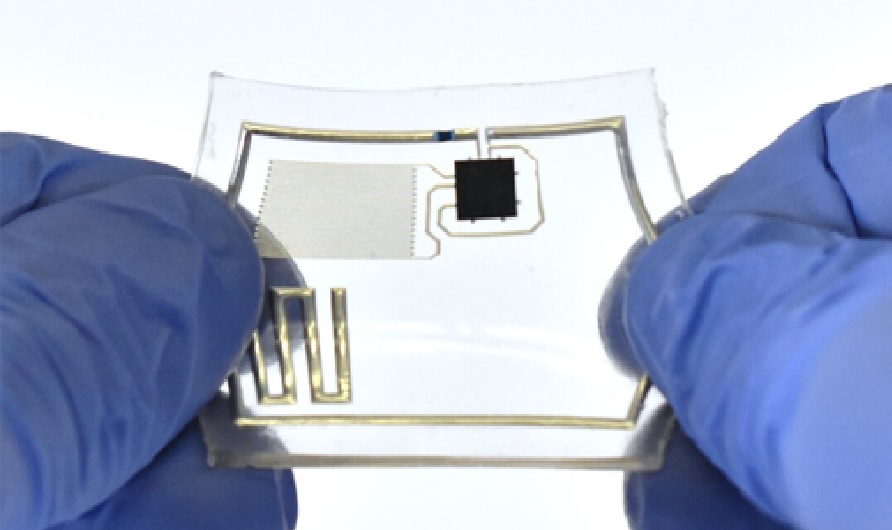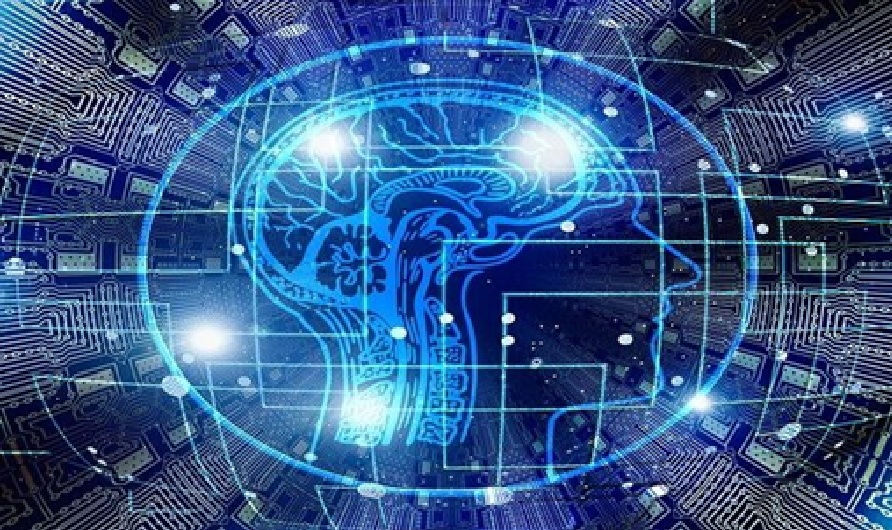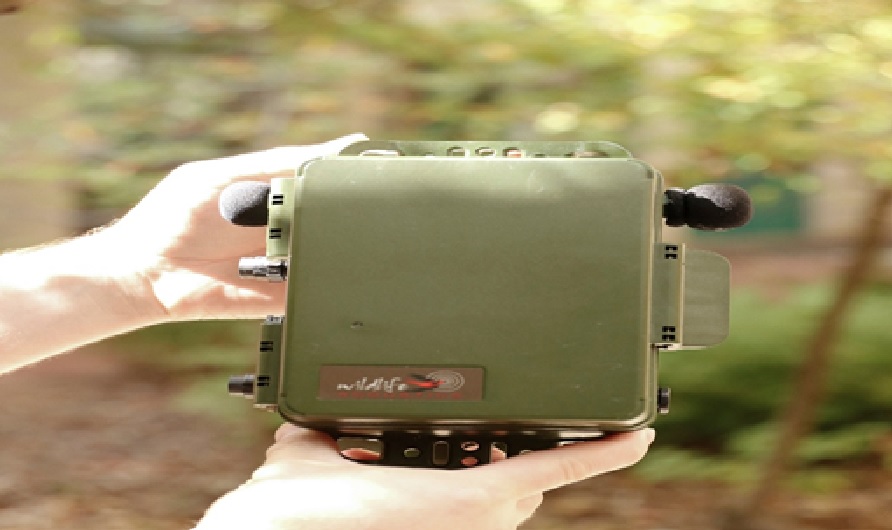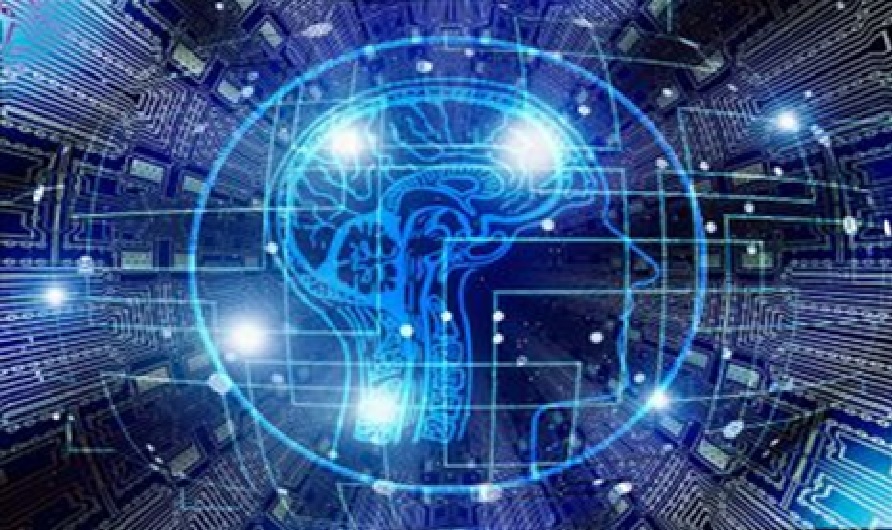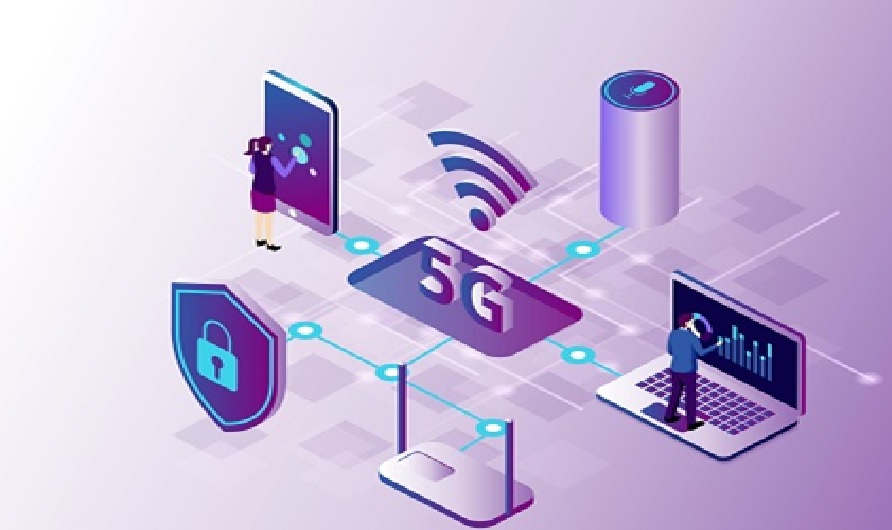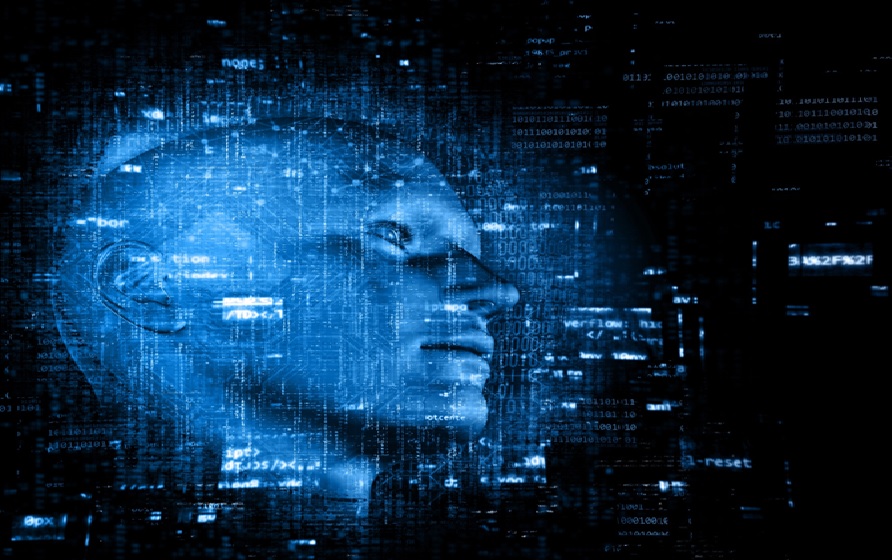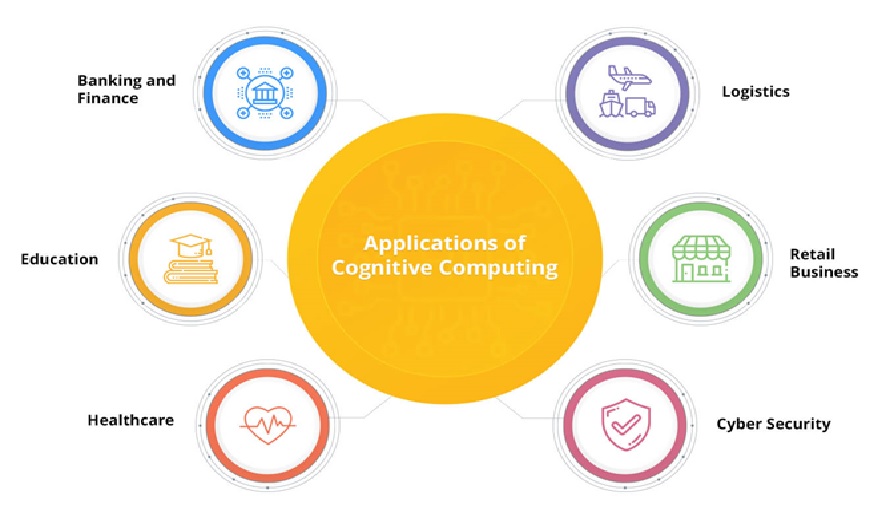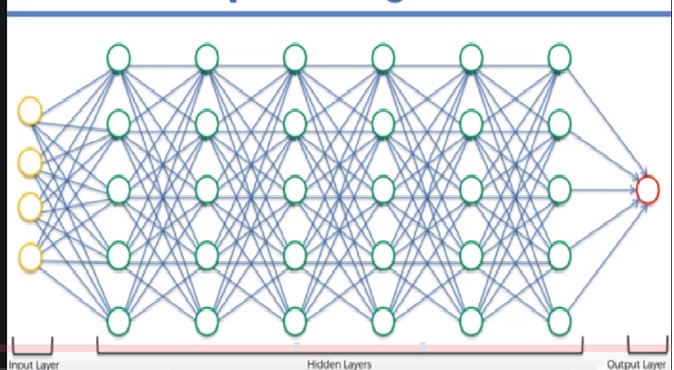Computer Vision
What is Computer Vision?
Computer vision is one of the most important fields of artificial intelligence (AI) and computer science engineering that makes computer systems capable of extracting meaningful information from visual data like videos and images. Further, it also helps to take appropriate actions and make recommendations based on the extracted information. Artificial intelligence is the branch of computer science that primarily deals with creating a smart and intelligent system that can behave and think like the human brain. So, we can say if artificial intelligence enables computer systems to think intelligently, computer vision makes them capable of seeing, analyzing, and understanding. [1]
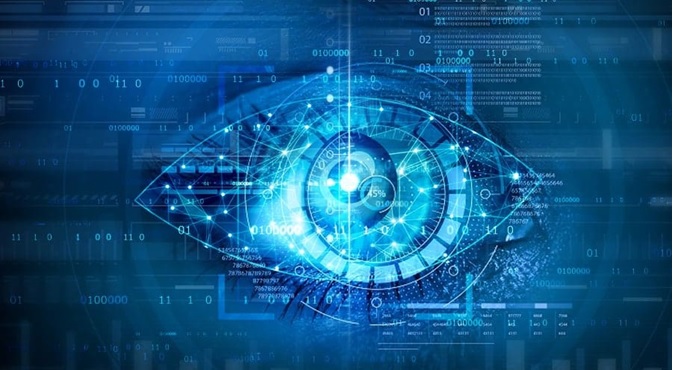
Figure 1. Computer vision
Figure 1 is an illustration of Computer Vision.
How does Computer Vision Work?
Computer Vision primarily relies on pattern recognition techniques to self-train and understand visual data. The wide availability of data and the willingness of companies to share them has made it possible for deep learning experts to use this data to make the process more accurate and faster.
While machine learning algorithms were previously used for computer vision applications, now deep learning methods have evolved as a better solution for this domain. For instance, machine learning techniques require a humongous amount of data and active human monitoring in the initial phase monitoring to ensure that the results are as accurate as possible. Deep learning on the other hand, relies on neural networks, and uses examples for problem solving. It self-learns by using labeled data to recognise common patterns in the examples. [2]
Computer vision technologies are used in a variety of applications, including:
- Object recognition and detection: Computer vision can be used to identify and locate objects within images or videos, and even to track their movement over time.
- Facial recognition: Computer vision can be used to identify and authenticate individuals based on their facial features, which can be useful in security and surveillance applications.
- Image and video analysis: Computer vision can be used to analyze and extract information from images and videos, such as identifying patterns or anomalies.
- Augmented reality: Computer vision can be used to overlay digital information on top of real-world environments, such as in video games or industrial training simulations.
Some of the key technologies and techniques used in computer vision include:
- Image processing: Image processing involves manipulating and analyzing digital images to extract information or enhance their visual quality.
- Deep learning: Deep learning involves training neural networks with large amounts of data to perform complex tasks, such as image recognition and object detection.
- Feature extraction: Feature extraction involves identifying and extracting specific visual features from images, such as edges or corners.
- Object tracking: Object tracking involves identifying and following the movement of objects over time, which can be useful in surveillance and monitoring applications.
As computer vision technologies continue to improve and become more accessible, we can expect to see their use in a growing number of industries and applications, from healthcare and manufacturing to retail and entertainment.
References:
- https://www.javatpoint.com/computer-vision
- https://www.mygreatlearning.com/blog/what-is-computer-vision-the-basics/#1.2
Cite this article:
Hana M (2023), Computer Vision, AnaTechMaz, pp.192



